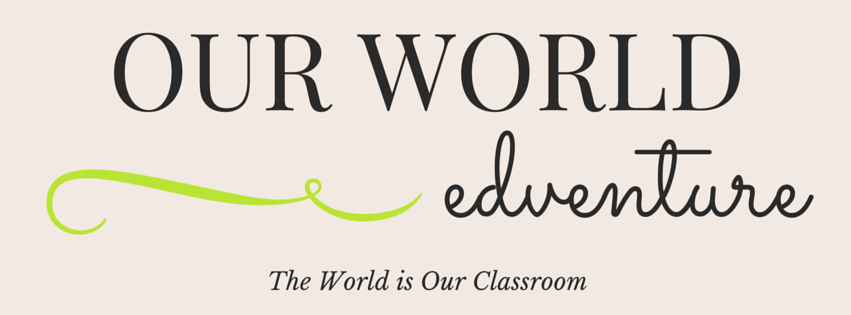The Church of the Annunciation in Nazareth is one of my favorite churches! In and around the church are art installations from around the world, honoring the Blessed Virgin Mary. I could spend hours considering the symbolism and artistic intent behind each piece, but most profound to me is the beauty of cultures and people across the world viewing Mary and the infant Jesus as much like themselves. By self-identifying with cultural dress, skin and hair color, in Mary, all people are reminded they too are called to offer themselves as the Lord’s servant.

Luke 1:26-38 (TNIV)
[26] In the sixth month of Elizabeth’s pregnancy, God sent the angel Gabriel to Nazareth, a town in Galilee, [27] to a virgin pledged to be married to a man named Joseph, a descendant of David. The virgin’s name was Mary.

[28] The angel went to her and said, “Greetings, you who are highly favored! The Lord is with you.” [29] Mary was greatly troubled at his words and wondered what kind of greeting this might be.
[30] But the angel said to her, “Do not be afraid, Mary; you have found favor with God. [31] You will conceive and give birth to a son, and you are to call him Jesus. [32] He will be great and will be called the Son of the Most High. The Lord God will give him the throne of his father David, [33] and he will reign over the house of Jacob forever; his kingdom will never end.”

[34] “How will this be,” Mary asked the angel, “since I am a virgin?”
[35] The angel answered, “The Holy Spirit will come on you, and the power of the Most High will overshadow you. So the holy one to be born will be called the Son of God. [36] Even Elizabeth your relative is going to have a child in her old age, and she who was said to be unable to conceive is in her sixth month. [37] For no word from God will ever fail.”

[38] “I am the Lord’s servant,” Mary answered. “May it be to me according to your word.” Then the angel left her.





Extensive archeology has preserved 1st Century Nazareth, complete with the footprints and stone remains of a Synagogue, and multiple homes, including the family home of Jesus’ mother, Mary.

How could archeology possibly know this? Archeology and history chronical the fact that, as of the late first century, Christ-followers had already begun gathering in the space that had been Mary’s home, honoring both their Jewish traditions, such as Micva bathing, and integrating symbols which would become well-known Christian symbols over coming centuries.

Architectural remains of tile floor designs include the Chi Rho symbol for the first two Greek letters of the title “Christ,” and some of the earliest versions of what would come to be known as the “Jerusalem Cross” are present.


For two thousand years, Mary’s home town of Nazareth has inspired Christ-followers to honor Mary’s faithful obedience and willingness to participate in God’s plan for reconciliation.
May we, like Mary, respond, “I am the Lord’s servant. May it be to me according to your word.”







Leave a Reply